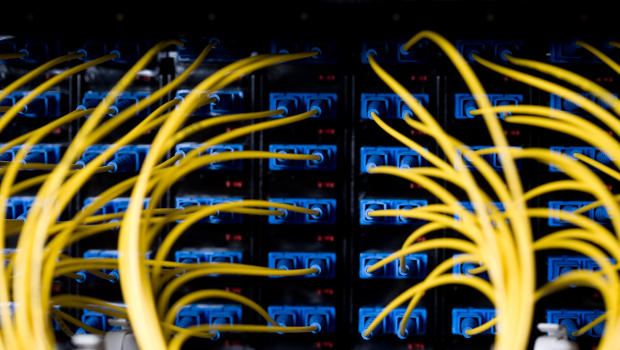Dell’s Hugo said that the past year has seen “a significant interest in customers looking to upgrade existing networks to now have a minimum of 10Gbps connectivity to servers and storage, which then requires a minimum of 40Gbps network uplinks to the core.” Continuing Hugo added that the wired network also has to be upgraded to cope with the “sheer quantity” of wireless access points now being deployed across many Irish businesses.
“The increased use of voiceover IP [VoIP] telephones, Skype, video calling et cetera has kept network admins busy with planning and deploying new hardware, ensuring configurations are updated and that there is always bandwidth available for those peak times,” Hugo said.

In the past, network admins would use a wide range of disparate tools to perform different network management functions. Now, we are seeing a move to integrated network management tools which provide single pane of glass network management. This allows for ease of management of the network and consolidation of different tools, which has significant efficiency and cost savings benefits too, David Kinsella, Datapac
Elsewhere, Kinsella said he’s seen “a huge move” towards wireless networking in the enterprise, while for Sadlier, in terms of the local area network (LAN) “we have seen the wide-scale adoption of 10Gb and 40Gb (with 40Gb typically confined to the data centre) connectivity.” He said, “10Gb is now seen as the standard uplink speed between the core and edge layers of a corporate network. The availability of 10GB LOM [LAN on motherboard] in servers is helping to drive this trend. Within the data centre,” he added, “east-west traffic is now about 80 per cent of network traffic.”
Securing the network
One additional element of the network which has seen companies scramble around to invest in as well is security, with Hugo saying it’s “a huge area” of interest for Irish businesses. Triangle’s Byrne said that to his mind there has been some positive developments in terms of securing the network over the past year “when you look at things like VMWare NSX and the ability to integrate out to security components from the network hypervisor.”
Byrne also said that these integrations allow for richer control of the traffic “traversing the network” from the virtual machine (VM) downwards, bringing the capability of managing “on a per-VM basis” what traffic is allowed in and out of the VM and what packets will be logged, inspected and acted upon. “This micro-segmentation is a huge benefit in virtualised environments,” said Byrne.
Sadlier made the point that in relation to network infrastructure security, a “significant move” has been towards a unified approach to authentication and access control, independent of the method of accessing the network, whether on the LAN, via a remote connection or otherwise.
“This has posed challenges for a number of incumbents in this space and seen the emergence of some very innovative solutions,” said Sadlier, adding that a trend of installing unified threat management (UTM) devices “as a preference to individual point solutions for firewalling, internet provider security [IPS], web filtering, anti-virus et cetera,” has also continued at a pace, driven by the dual benefits of simplification of management as well as significant reductions in both capital and on-going licencing costs.

Security integration allows for richer control of the traffic traversing the network from the VM downwards, bringing the capability of managing on a per-VM basis what traffic is allowed in and out of the VM and what packets will be logged, inspected and acted upon. This micro-segmentation is a huge benefit in virtualised environments, Donal Byrne, Triangle
Datapac’s Kinsella said that with users using cloud tools such as Dropbox and Evernote, “we now have a huge challenge around data protection and data loss.” Continuing on the topic, the CTO added, “We need to completely change how we look at network security, right from the user device all the way to the data centre and public cloud services. This can be achieved using tools such as mobile device management (MDM), security clients, firewalls and adopting the correct security policies within an organisation.”
Best outcome
Making sure that all these investments are worthwhile for businesses is something of a different story, with Richardson noting that most businesses “don’t really know their exact network needs two or three years down the line. Therefore they need something that can scale, is open to change and doesn’t require forklift upgrades.” He added too that the “best outcome” in this regard is “always” going to be customised around existing investments, immediate goals, and the “realities of budgets imposed by the wider business”.









Subscribers 0
Fans 0
Followers 0
Followers